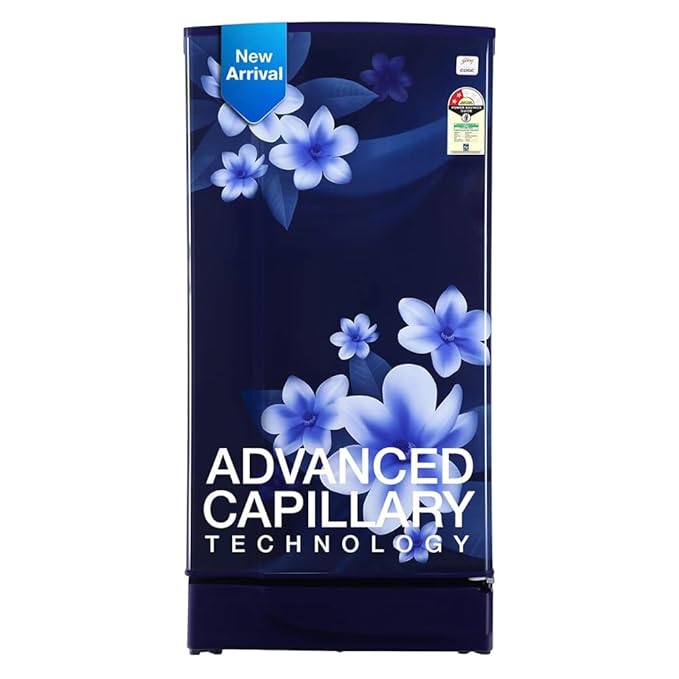In this article, we are going to learn what Drupal offers for text editors or content managers as a content management framework within Drupal Core and Contributed modules. Earlier versions of Drupal have several useful features to help content editors to manage their content on a daily basis.
And in the newer versions of Drupal (from when Symfony was introduced), there are a few more improvements in such areas, especially for the editors.
Layout Builder:
Layout Builder is one of many examples of Drupal's renewed focus on accessibility and ease of use. Drupal's Layout Builder provides non-technical users or content editors to build and modify pages visually using drag-and-drop way, which eliminates a lot of reliance on developers and speeds up marketing workflows. By having such intuitive block-style layout controls, designers and editors can:
- Editors can build the default page templates for different content types.
- Editors can override default settings when a small change to the usual layout is needed.
- Editors can create structured single-use landing pages, which are different from the default template.
Also, Layout Builder is an optional module in Drupal that if needed can be enabled and used.
Paragraphs:
Paragraphs is one of the powerful Drupal module that offers a lot amount of possibilities in regards to content layout. Also, the Drupal paragraphs module is one of the must-haves when working with content management.
Once the module is installed and configured user/admin will have the option to add specific paragraph types that can then be added to your content type.
Media Library:
Drupal’s WYSIWYG Media Library management system allows content editors and designers to work with images, videos and other media assets in a proper interface. Also, the Media Library is fully customizable, which means users/editors can easily determine which fields would be needed for each type of media.
Also with the Media module, it’s easy for editors to manage the files, images, videos and other assets like any other content on the website since they support fields and even revisions are available for this.
Workflow:
Drupal helps content editors and marketing teams to save their time by streamlining their moderation process with the publication process of content by enabling workflows.
By default, the content in Drupal will be in one of the two states either Published or Unpublished (provided by Core). And with the core Workflows module, users/admins can add custom states (such as Draft, Needs Review and Publish, etc) beyond the default two to match your editorial process.
And even Transitions can be set for these custom states.
And also have the role-based configurations are available for these workflows, which means an Editor role user can have a role to create Draft content and the Reviewer role user can review the Draft and later publish it.
Admin toolbar:
Admin Toolbar Extra Tools provides menu links to administration pages which are easy to navigate via hovering on the menu item, which makes editors easily navigate from one page to another page.
These are some of the benefits that would be available from the Drupal Core and Contrib modules for the Editor’s role users. Thanks to that for Drupal CMS for providing more efficiency for Content managers or Editors.















